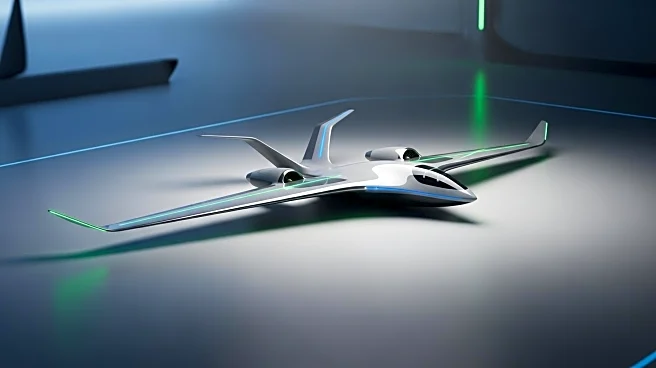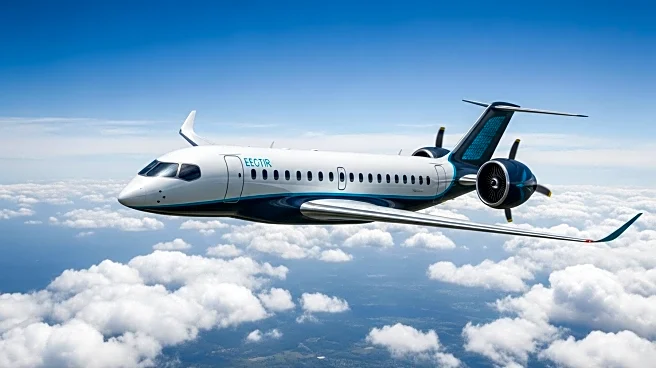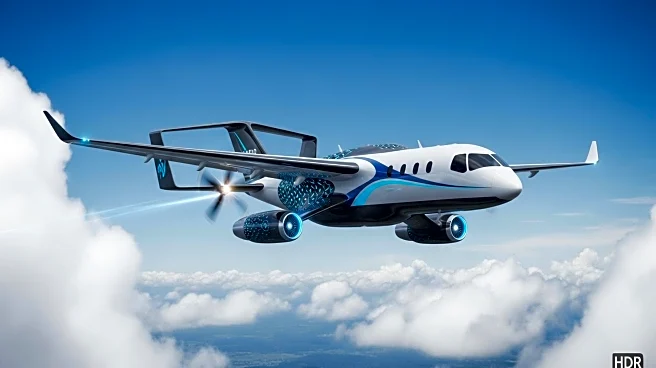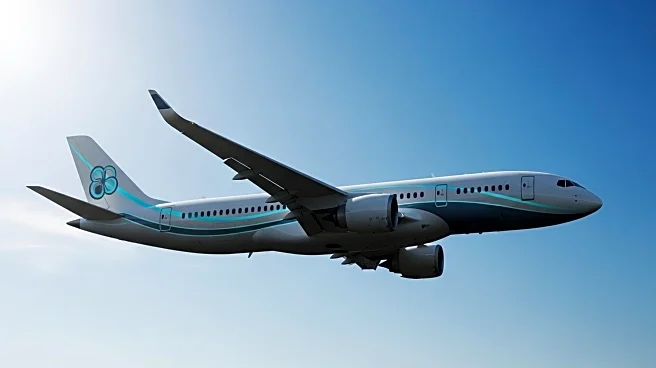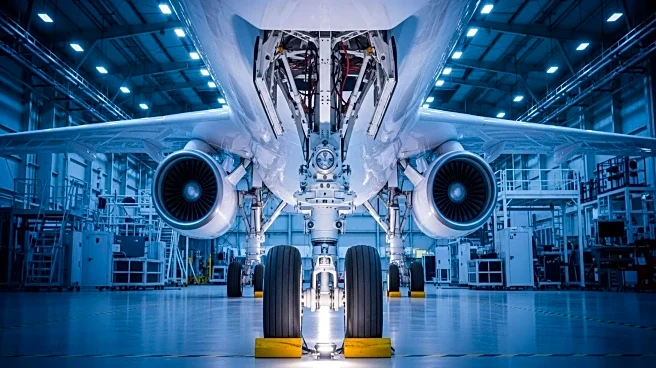What's Happening?
Airbus CEO Guillaume Faury has indicated that the company is considering blended-wing-body (BWB) designs for larger aircraft, while maintaining traditional tube-and-wing configurations for its next narrowbody jets. This announcement was made during the US Chamber of Commerce Global Aviation Summit in Washington, DC. The BWB design is part of Airbus's ZEROe project, which aims to develop hydrogen-powered passenger aircraft. However, the project has been delayed by up to 10 years due to technological and infrastructure challenges. Faury emphasized that BWB designs are more competitive for larger planes, while longer wings are better suited for single-aisle jets. Concurrently, Airbus is working on its Wing of Tomorrow program to develop longer, lighter wings for future single-aisle jets.
Why It's Important?
The exploration of BWB designs by Airbus could significantly impact the aviation industry by introducing more fuel-efficient aircraft, particularly for long-haul flights. This design could reduce drag and improve aerodynamics, potentially leading to lower fuel consumption and emissions. The delay in the ZEROe project highlights the challenges in transitioning to hydrogen-powered aircraft, which could affect the industry's timeline for achieving sustainability goals. Airbus's focus on fuel efficiency aligns with global efforts to reduce the carbon footprint of air travel, and successful implementation could set new standards for aircraft design.
What's Next?
Airbus plans to launch the development of its next narrowbody jet by the end of the decade, aiming for service entry in the second half of the next decade. The company targets a 20-25% fuel efficiency gain for this aircraft, with improvements expected from both engine and airframe design. Airbus is considering open-rotor engines from CFM International's RISE program, which could offer efficiency benefits despite integration challenges. The aviation industry will be closely monitoring Airbus's progress in these areas, as they could influence future aircraft development strategies.
